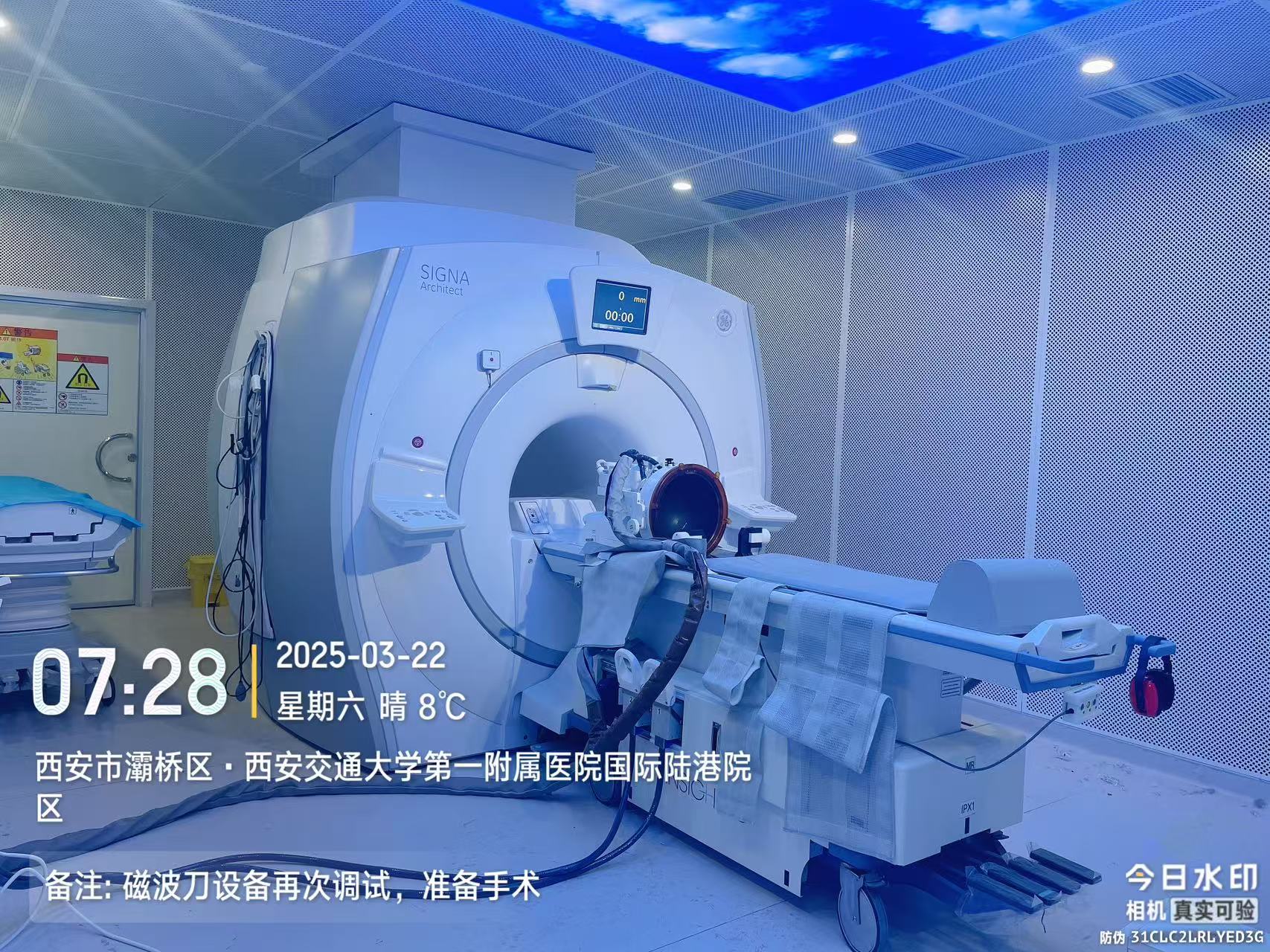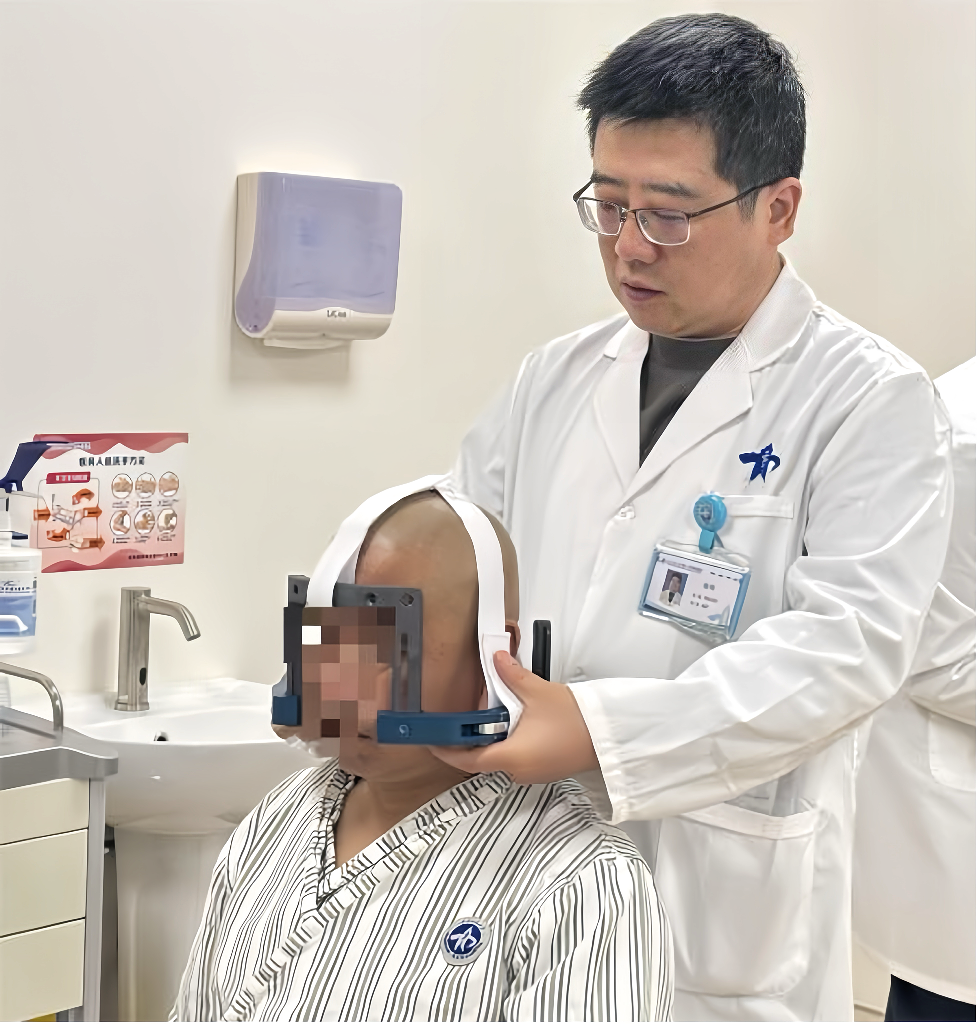When Mr. Yan steadily wrote his name, the treatment room erupted in applause. After suffering from essential tremor for years, his right hand miraculously regained stability following a 15-second "Magnetic Resonance-guided Focused Ultrasound (MRgFUS)" treatment. This not only reignited his hope for life but also marked a significant advancement in non-invasive neuromodulation technology in Northwest China, positioning the region at the forefront of the nation.

Mr. Yan first noticed involuntary tremors in his right hand during meals and drinking in his youth, but he initially paid little attention. Over the past five years, his condition worsened, making it difficult for him to hold a bowl or write. Essential tremor, a common movement disorder caused by abnormal nervous system function, affects over 10 million people in China, with a prevalence rate of 4.6% among individuals aged 65 and above, severely impacting patients' quality of life and mental health. Many patients rely on medication in the early stages, but as the disease progresses, the effectiveness of drugs diminishes.
Professor Chen Wei from the Department of Neurosurgery at the First Affiliated Hospital (FAH) of Xi'an Jiaotong University stated that, as the only MRgFUS (commonly known as "magnetic wave knife") center in Western China, this technology transforms minimally invasive procedures into non-invasive ones, ushering in a new era of precision medicine for movement disorders. MRgFUS combines magnetic resonance imaging (MRI) navigation with focused ultrasound, using high-precision MRI to locate abnormal neural targets in the brain and focused ultrasound beams to penetrate the skull and ablate the targets, thereby blocking tremor signals. During the treatment, Mr. Yan remained awake in the MRI room. With the advanced SIGNA Architect 3.0T MRI system, Dr. Chen Wei used 1,024 precise ultrasound beams to eliminate the tremor in just 15 seconds.

The MRgFUS system boasts a targeting accuracy of 0.1 millimeters, and combined with real-time intracranial target temperature monitoring, it ensures safety and controllability. Patients recover quickly after treatment, often resuming normal activities within 24 hours. Mr. Yan expressed his amazement at the remarkable results and gratitude to Professor Chen Wei. The Land Port Division of FAH is the first in Western China to adopt this technology, filling a regional gap and enabling patients in the region to access world-class treatment close to home. This achievement highlights the hospital's leading role in advancing regional medical technologies.
